
8 Simple Steps to Cultivate Sweet Potatoes in Pots
Considering planting sweet potatoes in pots or containers? For those with limited space, container gardening is a fantastic option. In this guide, seasoned gardening expert Sarah Hyde will walk you through an organized approach to yield bountiful sweet potatoes from your containers.
The Allure of Sweet Potatoes
Sweet potatoes are not only delicious but also a nutritious addition to your garden. Apart from providing healthful starches, they come with tasty and visually appealing leaves. While they’re often seen sprawling as ground cover in gardens, many aren’t aware that these versatile plants can flourish even in containers. Be it in spacious raised beds or simply large pots, sweet potatoes are adaptable.
First-Time Container Grower? Here’s What to Do
If it’s your first venture into growing sweet potatoes in containers, there’s a systematic approach to ensure your gardening success. Gather your supplies and brace yourself for an exciting cultivation experience.
Step 1a: Sourcing Sweet Potato Slips

Instead of seeds, sweet potatoes propagate from what we call “slips,” which are essentially plant cuttings. A single slip has the potential to mature into a plant yielding multiple pounds of sweet potatoes, contingent on its variety, growing environment, and harvesting period.
Being quite delicate, slips can deteriorate quickly, making their acquisition slightly more challenging than other starter plants. Often, when you receive them, they might seem like a frail stem with droopy leaves. Despite their fragile appearance, the majority of these slips will flourish when planted.
Before you set your heart on planting, ensure you’ve allotted enough time to find the right slips. There are several avenues to obtain them, but it’s essential to plan. Depending on your container or planting volume, a few slips might suffice. It’s always wise to procure some extra slips to compensate for any that might rot or desiccate before planting – a common occurrence.
Because of their fragile nature, garden centers don’t always keep slips readily in stock. It’s a good strategy to ring up garden centers early in the season to inquire about the availability and anticipated stock date of fresh slips. Most slip cultivators hold off shipping until the threat of frost has passed in the target location to ensure the slips aren’t harmed by icy conditions.
Consider placing an order for slips early in the spring from online seed or nursery retailers. The sooner you purchase, the more variety options you’ll have and potentially more flexibility in the shipping date. If an order minimum surpasses what you need, think about splitting the order with a fellow gardener.
While last-minute online slip purchases are feasible, the reliability and quality from certain vendors might be questionable. Some sellers on platforms like Etsy or Amazon offer slips, but this route might present risks concerning the slip’s origin, quality, and potential disease exposure.
Step 1b: Cultivating Your Personal Slips

Considering planting only a handful of sweet potato plants? Consider producing your slips. This venture begins early in the spring, indoors, where it’s warm and sunlit. Ensure you allocate the necessary space to this endeavor.
Initiate the process by planting a mature sweet potato in a medium devoid of soil. Let it bud. Treat it as you would any indoor plant. While numerous online tutorials demonstrate sprouting in water, be mindful that if the water becomes cloudy, replacing it might not be the most pleasant experience. Both soilless media and water are viable methods; opt for what suits your indoor environment.
After a few months, these buds will evolve into slips. Once they sport 2-3 leaves, trim these sprouts. They can then be positioned in water or a soil-free medium until they’re fit to be moved outdoors.
A word of caution: procuring sweet potatoes from regular grocery stores might pose a challenge. They might have undergone treatments to deter sprouting.
Step 2: Securing an Appropriate Container

Sweet potatoes have a penchant for burrowing deep into the soil. Consequently, you’ll require a container that’s at least 12” in depth and spans 2 feet in width for every plant. Anything less voluminous might curtail your harvest.
It’s imperative that your chosen container ensures good drainage. This could be via holes at its base or through well-draining soil in raised beds. Such drainage is quintessential for the tubers’ health. Ideally, nurture one plant per container.
Step 3: Integrate Fertilizer with Organic Substrate

Sweet potatoes have an appetite for nutrients, which necessitates the addition of a balanced vegetable fertilizer, preferably one with a ratio of 10-10-10. If you’re opting for organic fertilizers, note that their N-P-K numbers are typically lower, like 2-2-2 or 5-5-5, meaning they offer a reduced nutrient concentration per pound.
Considering this, you might need to replenish with organic fertilizers once or twice over the growing period to assure your crop gets ample nutrients. Always adhere to the manufacturer’s guidelines on the package regarding application frequency and amount.
Step 4: Promptly Plant Your Slips

Plant your sweet potato slips only when you’re certain the frost threat has subsided. If you’re procuring slips via shipment, they likely won’t be dispatched before this period. For those nurturing their own slips, ensure you snip them no more than a day before planting. This gives the trimmed stem some time to dry before being planted.
Upon receiving or prepping your slips, waste no time in setting them in the soil. The journey, especially if shipped, might have taken a toll on them. A quick and thorough watering can revitalize them. While some might seem on the brink of expiring, most will rally after a few seemingly precarious days.
The emergence of verdant growth from the slip’s nodes about a week post-planting is a heartening sight. If a slip doesn’t showcase growth within this span and appears decayed or desiccated, it’s best to write it off.
A pro-tip for ensuring a thriving plant in every container: plant 2 or 3 slips in each. After assessing their viability, transplant any surplus thriving slips to another pot or thin out to maintain just one plant per pot. For spacious containers or raised beds, maintain a spacing of approximately 18” between slips.
Step 5: Guard Against Deer and Rabbits

The delectable sweet potato greens are not only a treat for humans but also attract deer and rabbits. It’s essential to devise a strategy to deter these animals from your container garden. An occasional nibble won’t hurt your plant, and neither will cautious harvesting for personal consumption. Yet, these animals often consume without restraint, stripping away more foliage than is beneficial for the plant’s development.
Audacious rabbits may even elevate themselves on their hind legs to snack on greens from elevated containers. On the other hand, deer can denude the plant, leaving behind mere stems. Such extensive harm can drastically hinder your plants’ progress.
Step 6: Ensure Adequate Hydration

Compared to ground soil, the soil in containers tends to dehydrate faster. Prior to watering, test the soil’s moisture level by plunging your finger down to about the second knuckle. If it feels parched throughout, it’s watering time. Drench the soil until water seeps through the drainage openings at the base.
Let the soil dry out between each watering session and always validate its moisture content tactually before re-watering. For the formation of healthy tubers, it’s crucial the soil isn’t perpetually damp. This underscores the significance of apt drainage.
Step 7: Time Your Harvest Ahead of Frost
As you approach harvest season, gradually reduce watering. Aim to keep the soil relatively dry at harvest, which eases the extraction process.

Sweet potatoes are highly sensitive to frost. Schedule your harvest late in the fall, just before the onset of frost. Remember, the verdant tops are edible too, so gather them before they succumb to frost. If unexpected frost damages the greens before tuber extraction, it’s vital to unearth them promptly, preventing the frost’s impact from reaching the tubers.
Harvesting should ideally occur before soil temperatures drop beneath 55 degrees Fahrenheit, which might precede the first frost. This is particularly vital for container-grown sweet potatoes. Monitor weather forecasts and ensure timely harvest if your container’s soil cools down excessively.
During the harvest, adorn gloves to avoid accidentally nicking or puncturing the tuber skin. Harvesting becomes more straightforward when you trim the greens at the primary stem using shears, leaving several inches of the stem exposed above the soil to function as a grip.
For sweet potatoes grown in containers, envision their underground growth pattern to prevent inadvertently slicing the tubers during harvest.
Underneath, the tubers branch out from the primary stem, skewing downward. Large tubers might sprawl about a foot from the central stem. To understand their soil positioning, either probe the soil with your finger or gently clear soil until a tuber becomes visible.
The first harvesting technique involves using a shovel or garden fork, with the latter being more preferred due to its ability to sift the soil through its prongs. To minimize harm to the tubers, insert the garden fork at the container’s perimeter, distancing it from the main stem, and pushing it as deep as possible. Elevate the plant by the primary stem, leveraging the fork to support the tubers.
An alternative, albeit messier method, involves tipping the container, letting both soil and sweet potatoes tumble out. Spread a tarp or old cloth underneath to contain the spill. The ensuing step is brushing off the soil from the tubers and pulling them out gently by their dominant stem.
Lastly, with clean and sharp pruning shears, sever the tubers from their connecting stem.
Step 8: Initiate the Curing Process

Upon extraction, it’s crucial not to expose the unearthed tubers to direct sunlight or let them remain outdoors overnight, which might lead to chilling damage. Refrain from washing them immediately.
The post-harvest ritual involves curing. This entails letting their skins dry out, enhancing their storage longevity. In the event of any tubers being nicked or scraped during the harvest, curing will help mend the wounds.
The optimal curing environment is 80 to 90 degrees Fahrenheit, combined with 85% to 90% humidity and good air circulation. Creating such a humid and warm atmosphere at home might be a tad tricky.
If you’re blessed with warm autumn days and dwell in a region with high humidity, an airy porch or a well-ventilated garage might suffice. Ensure you bring the tubers indoors during nighttime to shield them from potential frost. Alternatively, you can opt for the warmest corner of your home and exercise patience, understanding that the curing might take a bit longer under suboptimal conditions.
Post-curing, sweet potatoes fare best at a storage temperature of 60 degrees Fahrenheit. A well-aerated basement space is ideal. Relish your bounty throughout the chilly months!
News in the same category

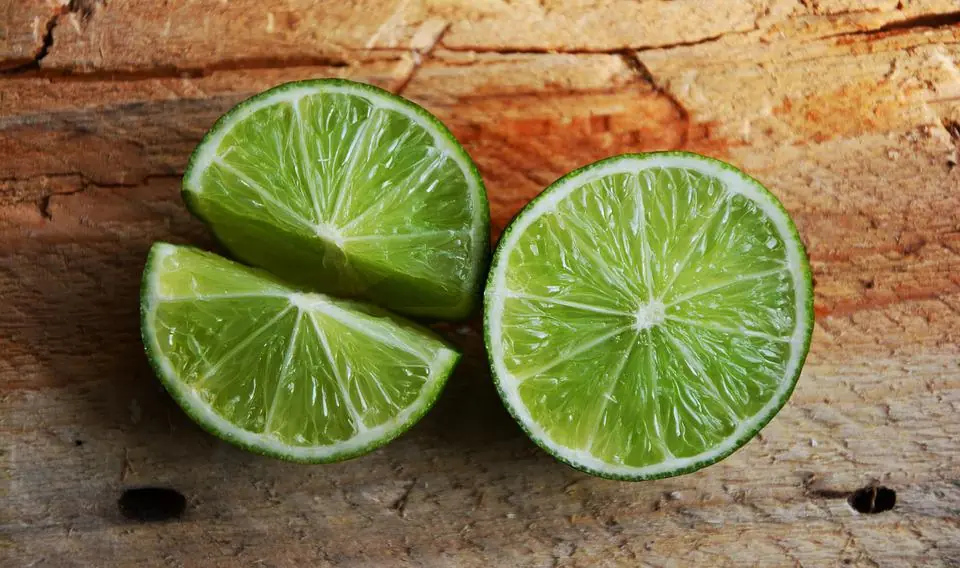
Don’t throw away lemon peels - Turn them into a powerful, natural cleaning solution for your home

If your partner leaves a clothespin on your shower head, make sure you know what it means
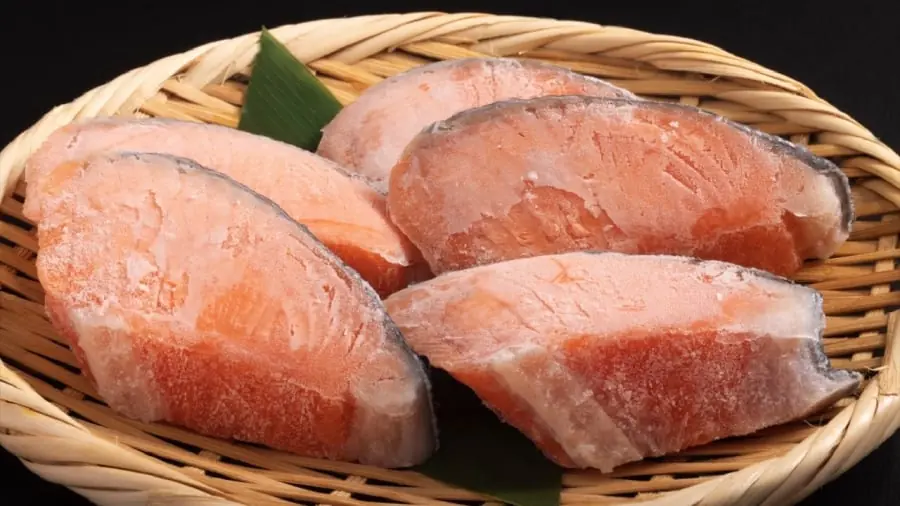
Tips for Freezing Fish So It Stays Fresh, Firm, and Flavorful for Up to a Month
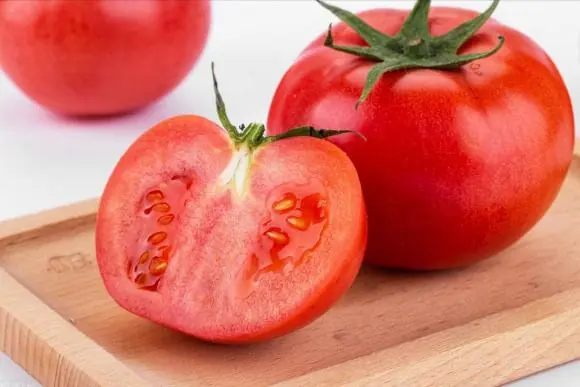
Don’t throw them away yet: Surprising ways to reuse tomatoes you think are useless
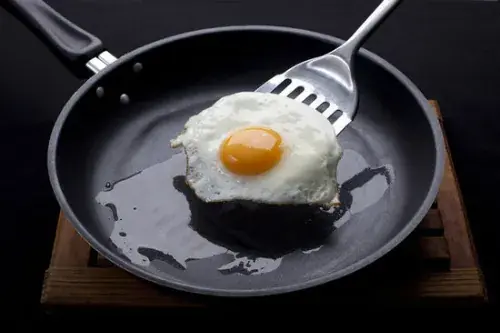
Restore a non-stick pan with milk instead of throwing it away
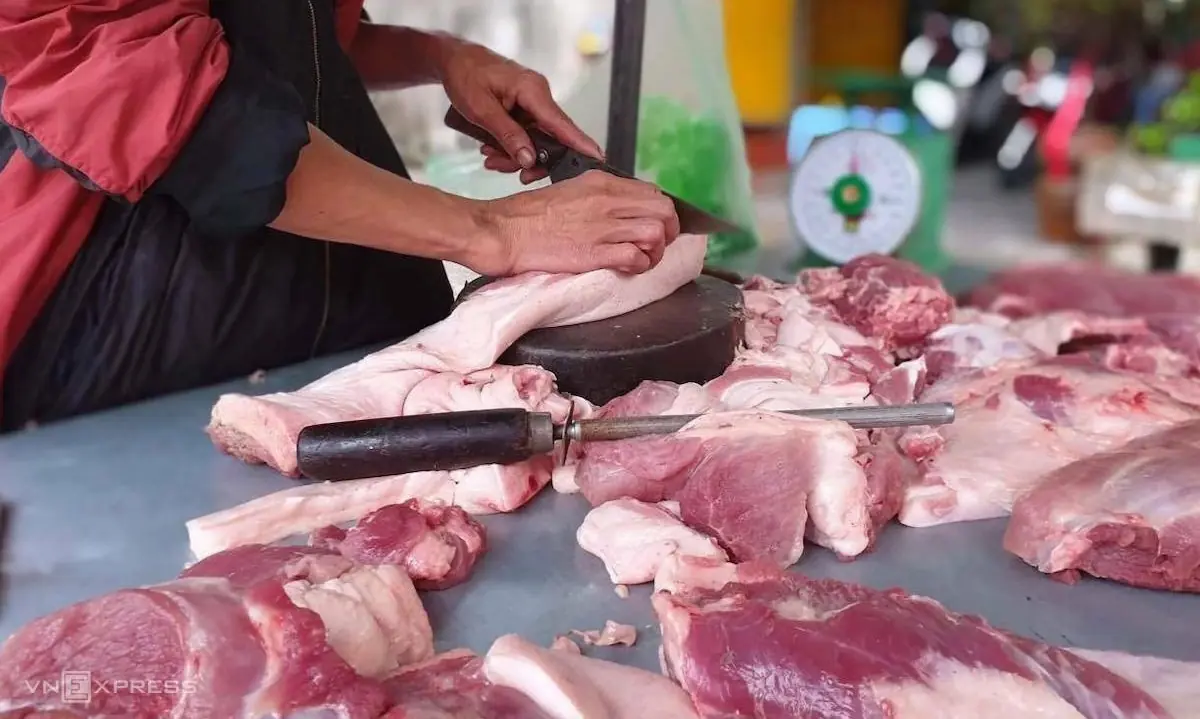
Two types of pork that look very fresh and delicious but should absolutely not be bought — sellers rarely reveal this
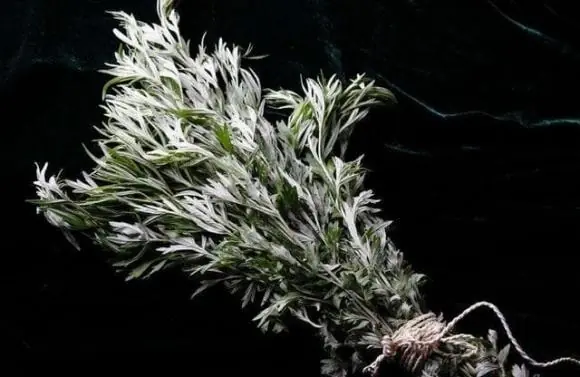
Hang these leaves at your door and watch flies and mosquitoes disappear

Identifying Venomous vs. Non-Venomous Snakes
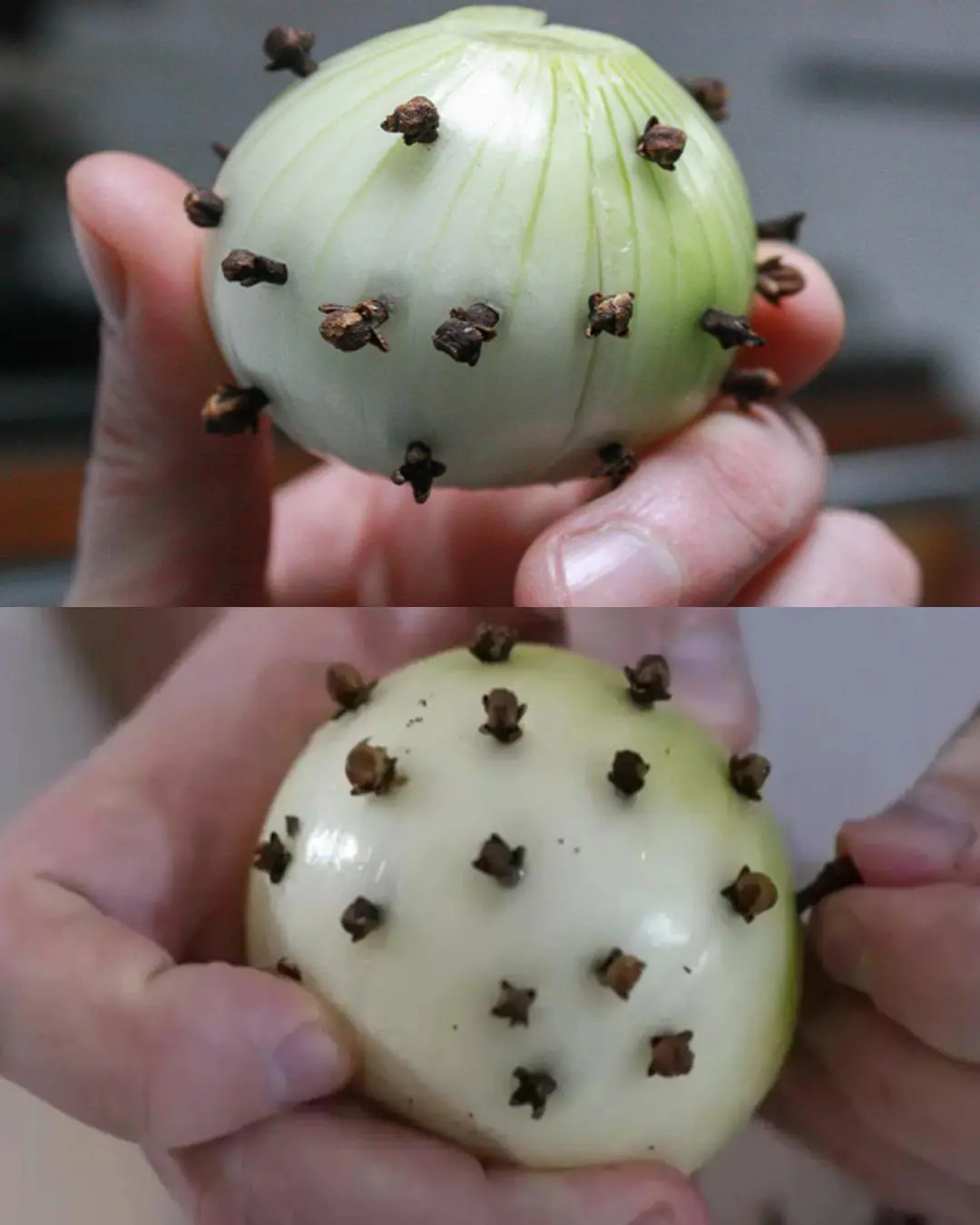
The surprising trick of sticking cloves into an onion
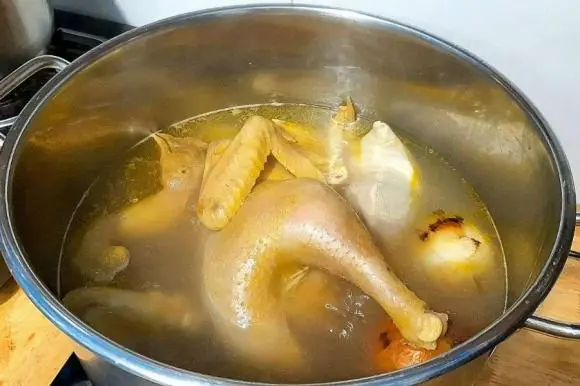
A Step Many Think Makes Chicken “Clean” Actually Does the Opposite: Experts Everywhere Say Stop Immediately
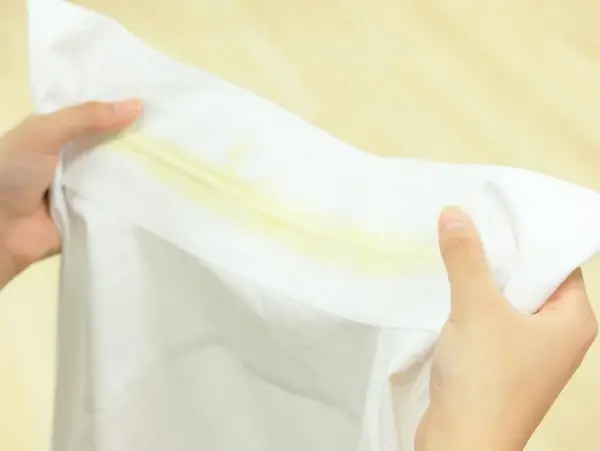
4 simple and effective tips to clean yellow sweat stains on white shirts at home that anyone can do it

Why many people place their suitcase in the bathtub right after checking into a hotel room
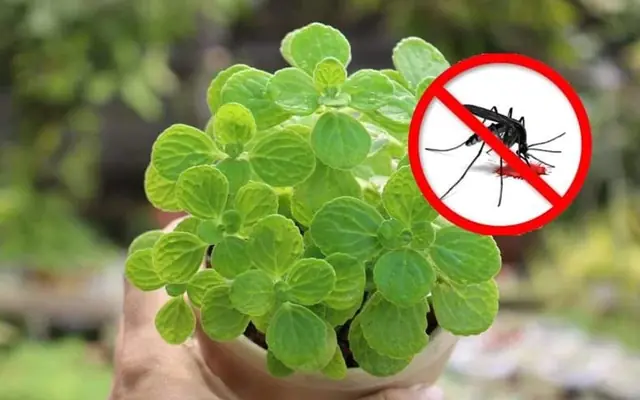
7 Beautiful, Fragrant Plants That Naturally Repel Mosquitoes
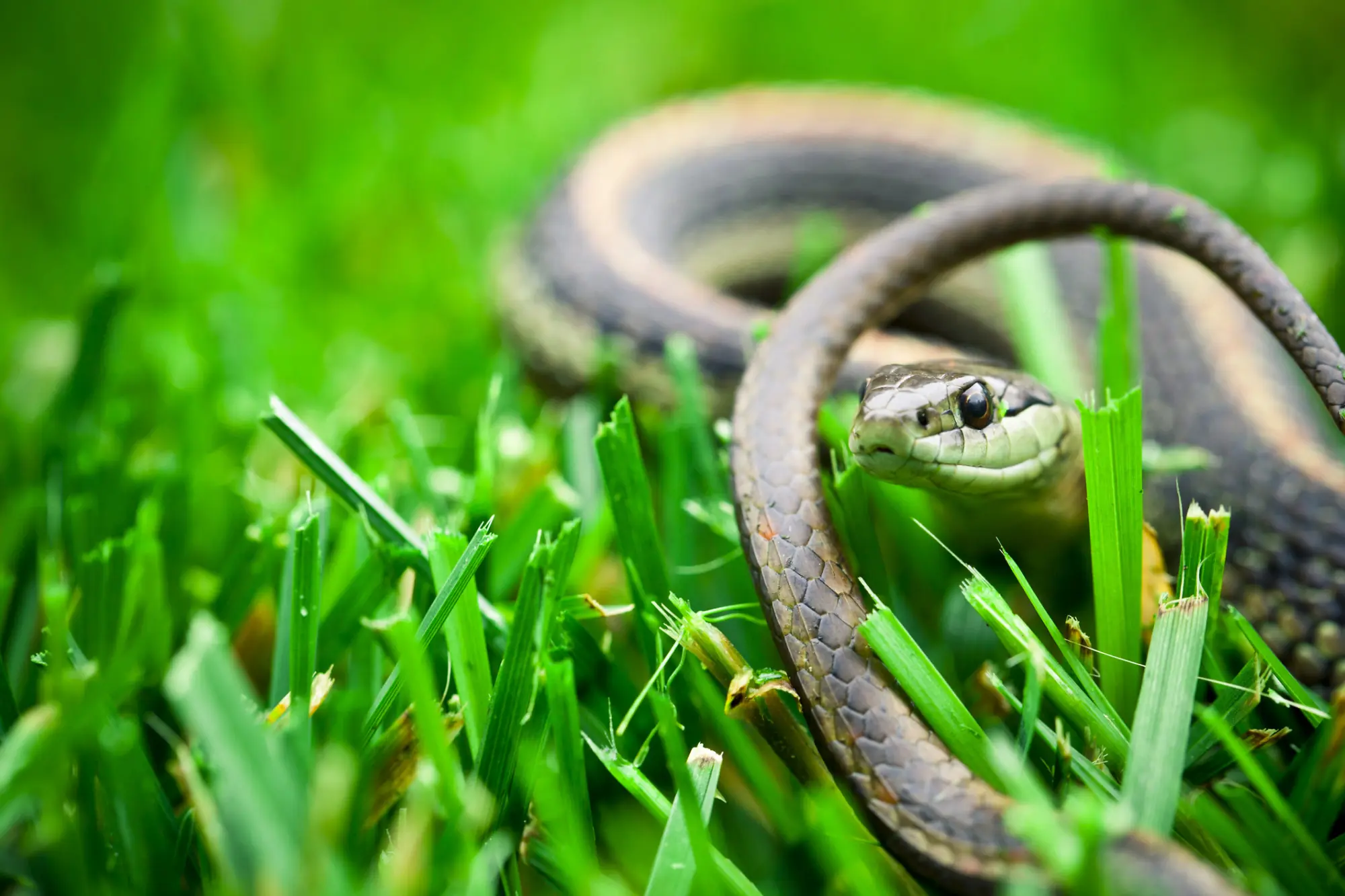
Plants That May Attract Snakes to Your Home: What You Should Know
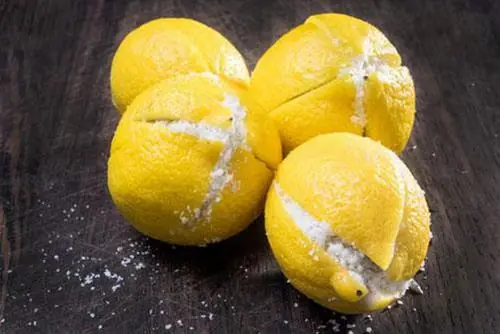
Little-known benefits of placing lemon with salt in the room
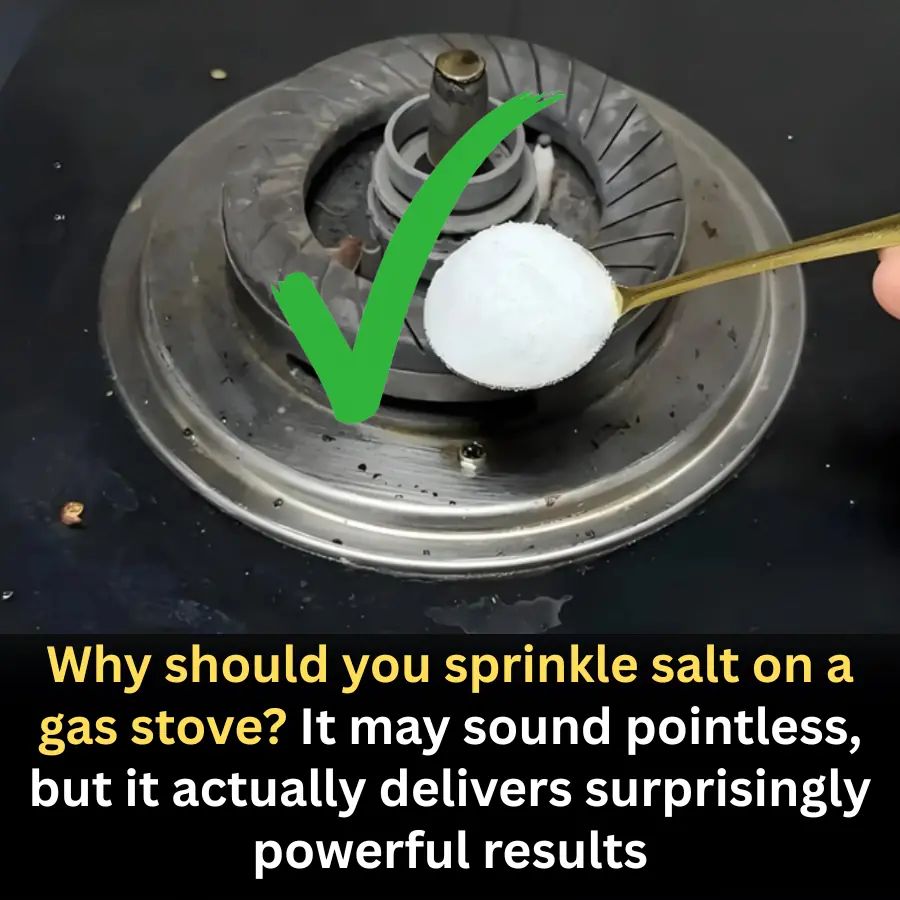
Why Sprinkling Salt on a Gas Stove Is a Smart Household Trick
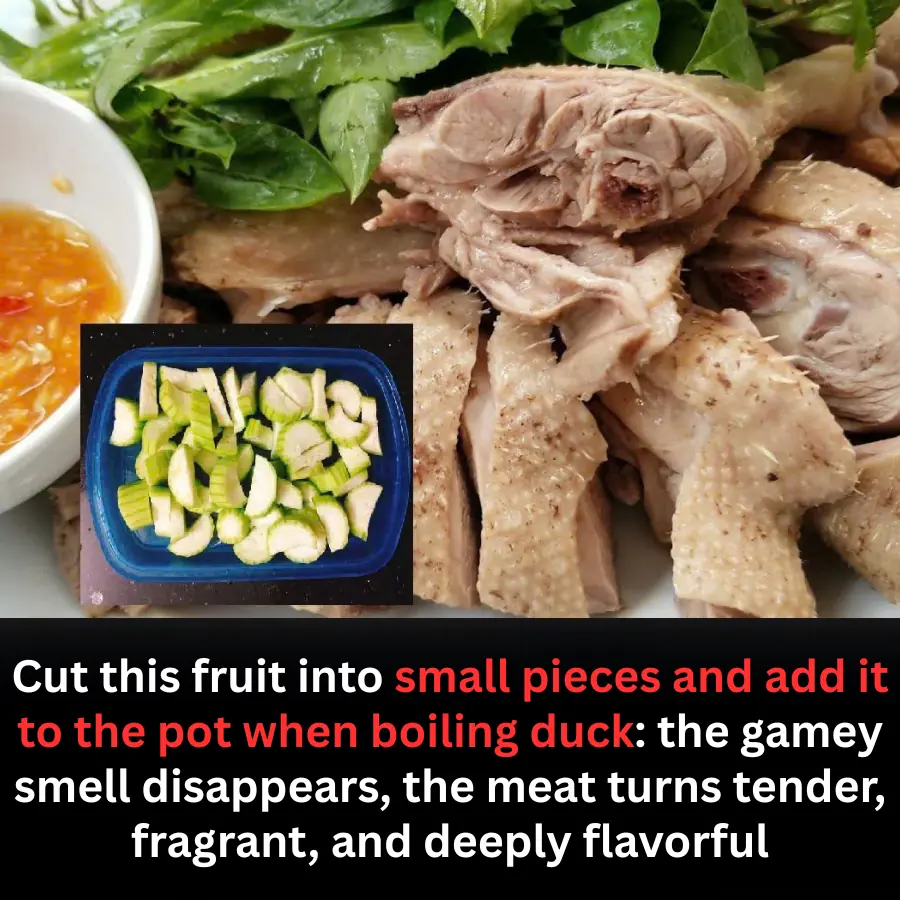
A Simple Kitchen Trick: Add This Fruit When Boiling Duck to Remove Odor and Boost Flavor

Never store your cooked rice without knowing this
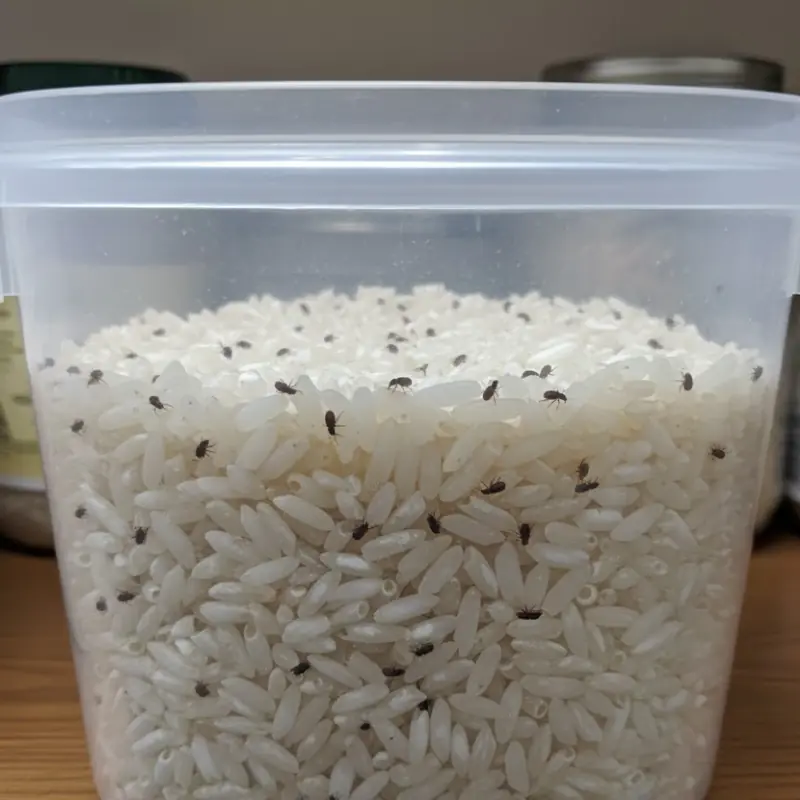
How to store rice to prevent insects and mold: Tips to keep rice fresh and flavorful
News Post

The odd lung can:cer symptom you can spot on your fingers – and the 9 other signs you must know
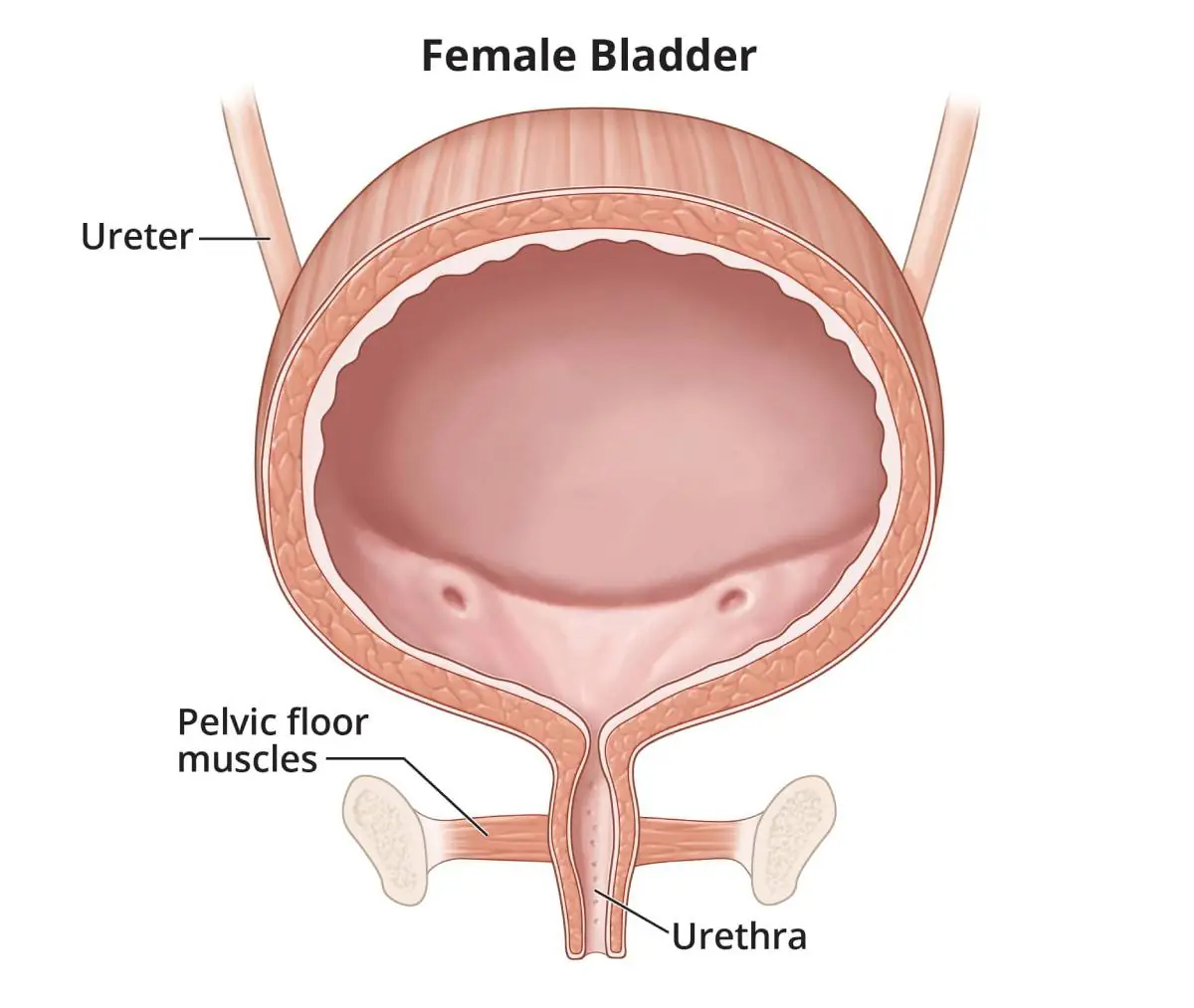
Early Symptoms of Bladder Can:cer That Often Go Unnoticed
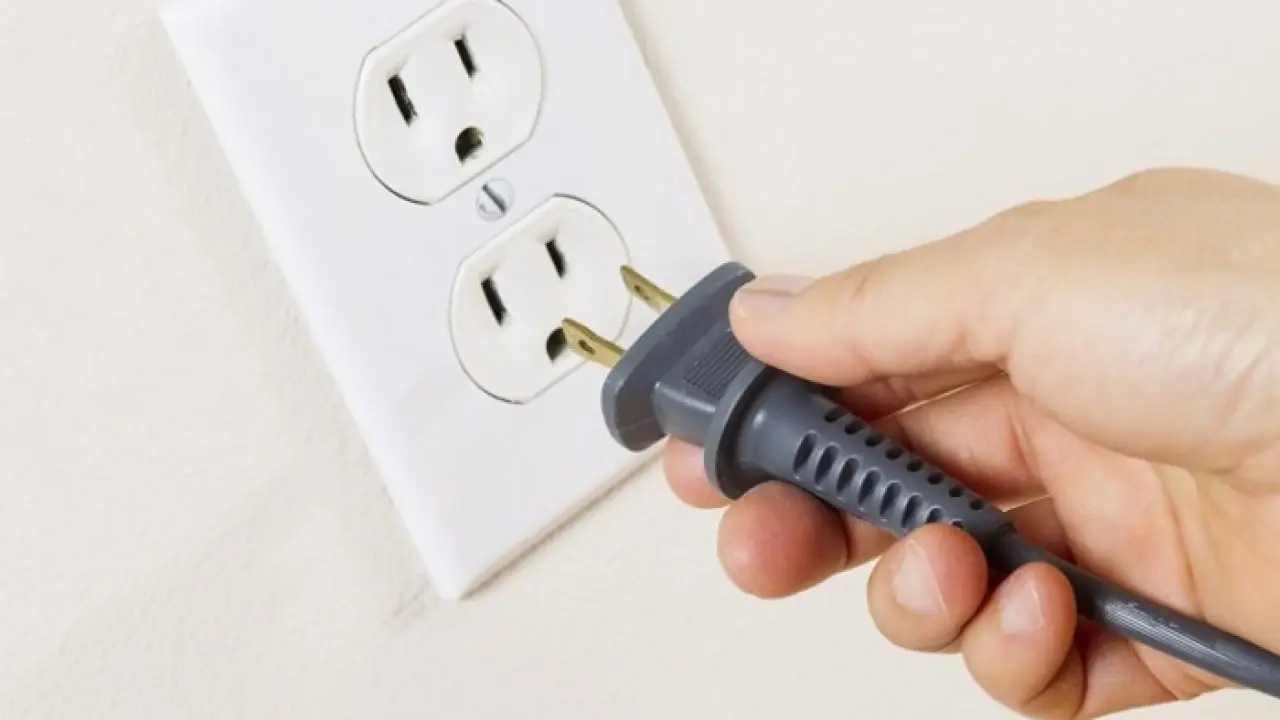
The real electricity th.ief in your home
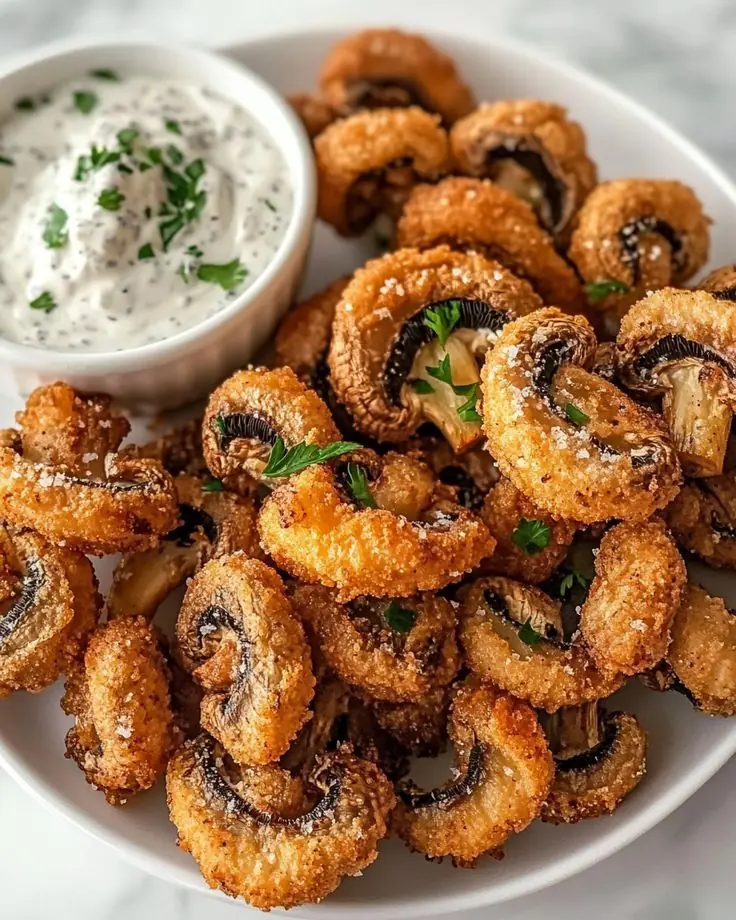
Crispy Fried Mushrooms with Creamy Herb Dip
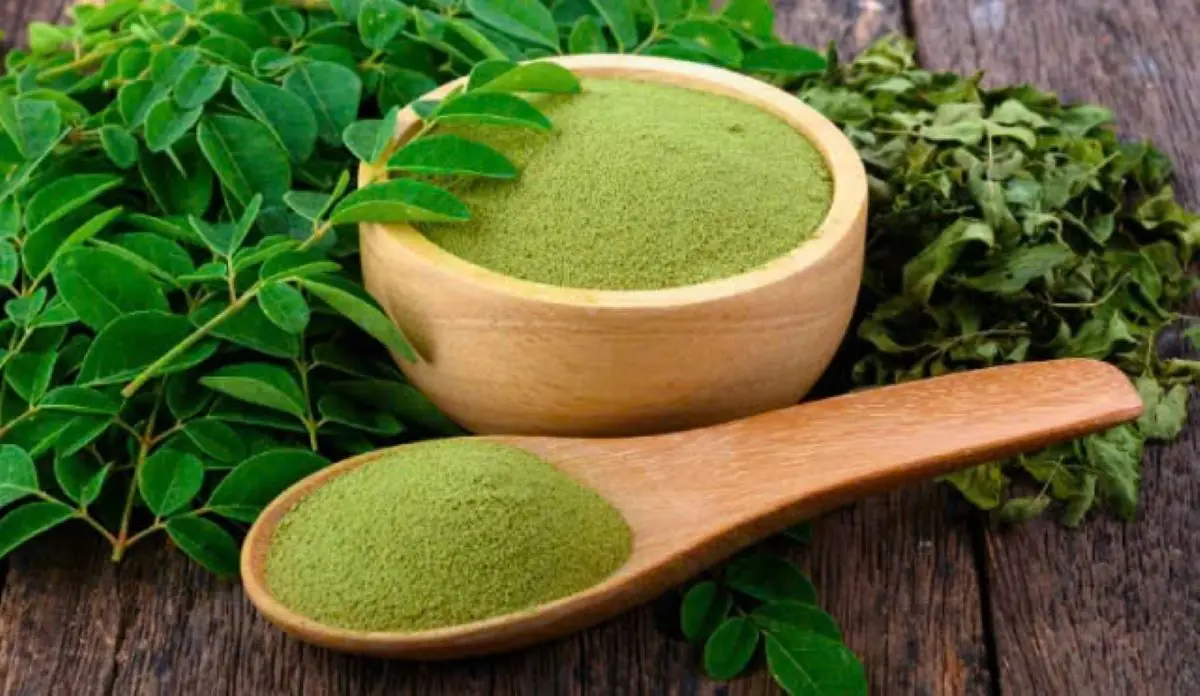
This common vegetable is high in calcium, yet almost no one uses it properly

Spicy Egg Curry

8 surprising benefits of water cloves you probably didn’t know about

Banana Blossom: Health Benefits, Recipes, and Traditional Uses

Beware this common disease that attacks from the inside — and the bad habit worsening it

Your phone’s volume buttons can do more than you think - Here are 6 hidden tricks
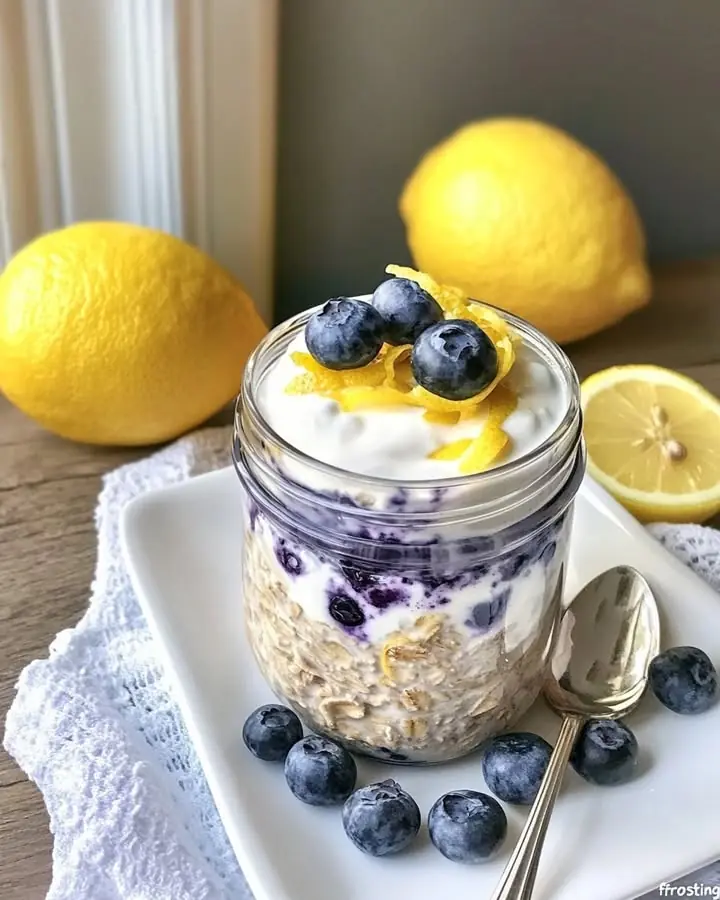
Lemon Blueberry Overnight Oats with Greek Yogurt Frosting

Don’t throw away lemon peels - Turn them into a powerful, natural cleaning solution for your home

If your partner leaves a clothespin on your shower head, make sure you know what it means
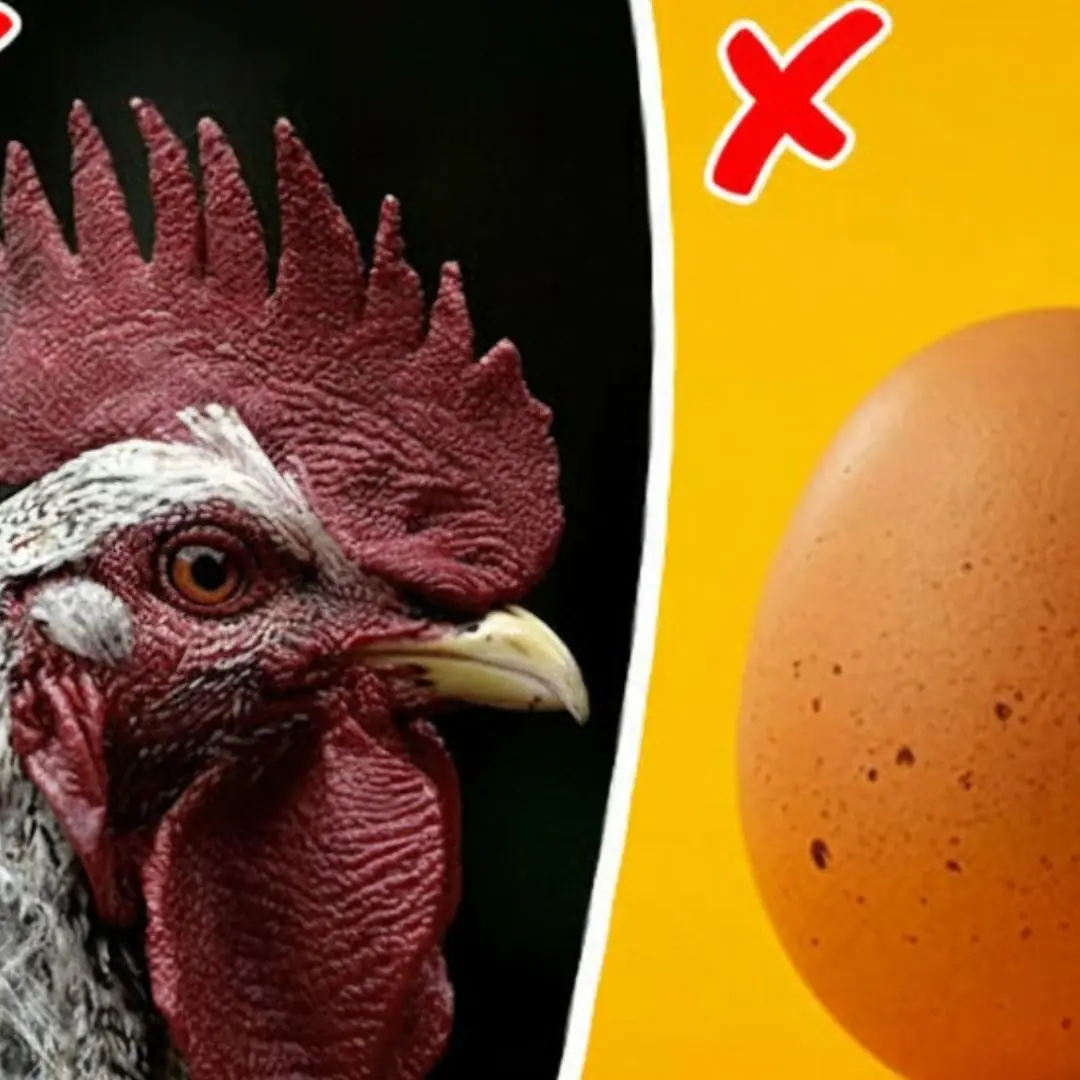
Scientists Finally Reveal a Sho:cking Answer to the ’Chicken-or-Egg’ Dilemma

5 signs of iron deficiency that you need to recognize early
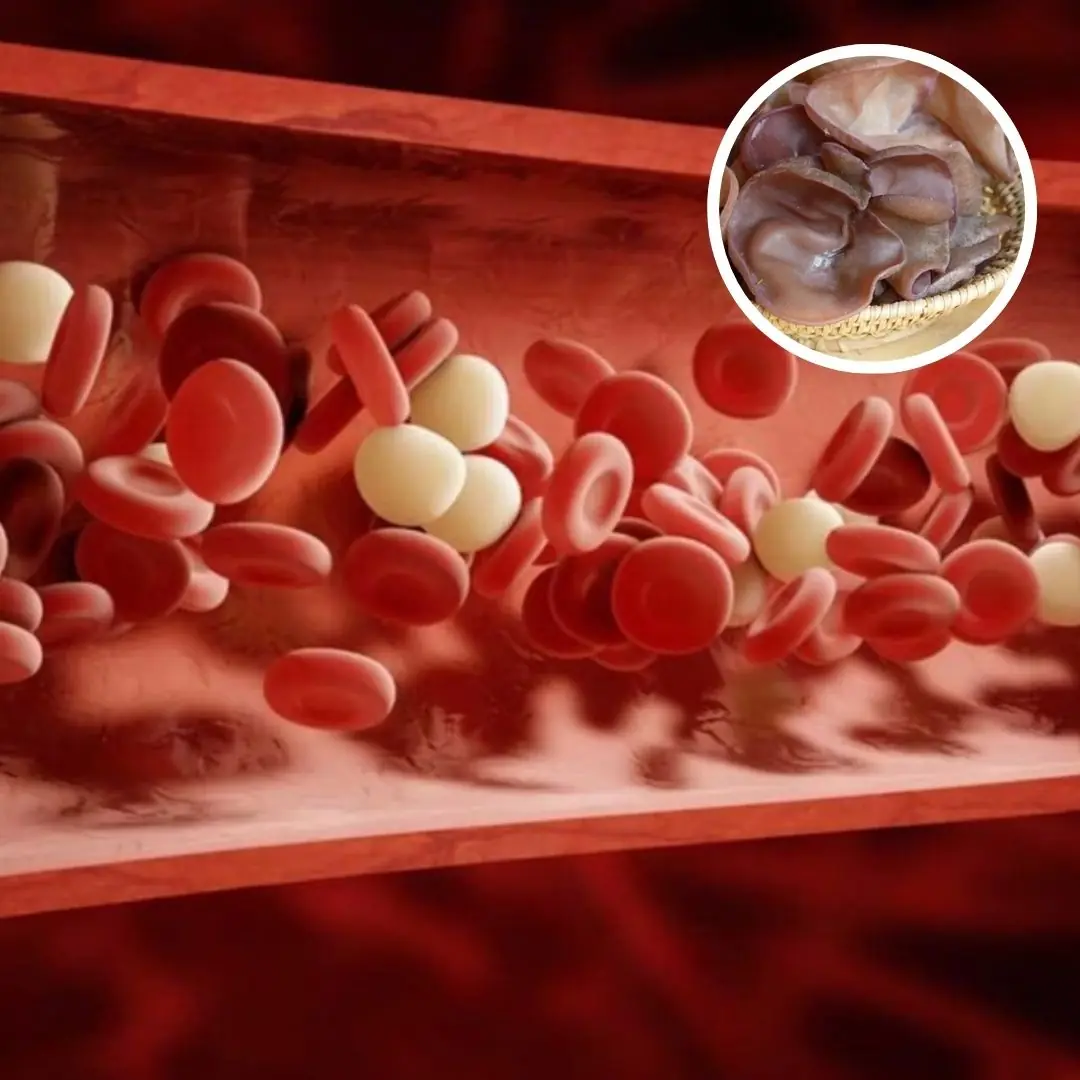
Want Healthier Blood Vessels? These 6 Foods Make a Big Difference

Teriyaki Tofu Rice Bowl

Eat These Foods to Help Prevent and Reduce Blood Clots

Tips for Freezing Fish So It Stays Fresh, Firm, and Flavorful for Up to a Month
